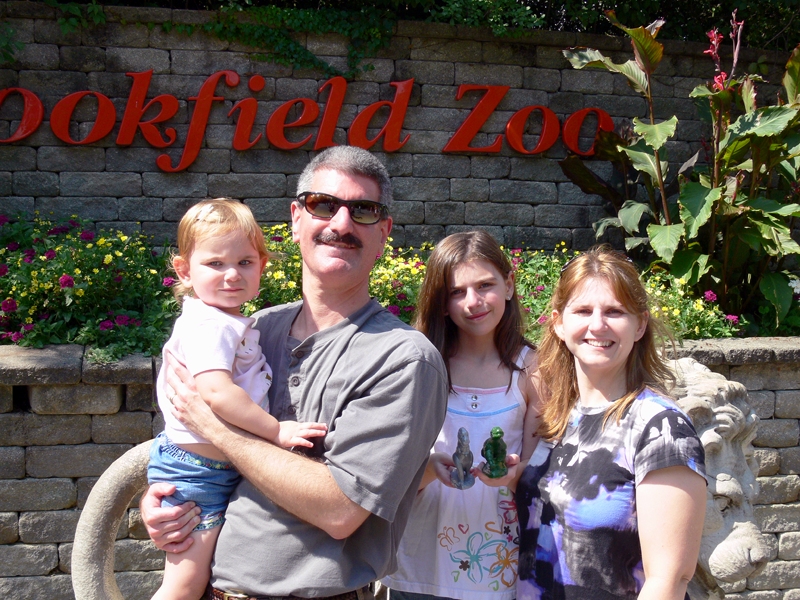The importance of zoos and aquariums seemed to be the underlying theme of Friday's AZA National Conference morning general session which featured talks by several prominent zoo and aquarium personalities including AZA President & CEO, Jim Maddy, AZA Chair of the Board and St. Louis Zoo Director, Jeff Bonner, and keynote speaker, CEO of the National Aquarium in Baltimore, John Racanelli.

Racanelli's bold rhetorical question still lingers with me: "How is there still a question as to why zoos and aquariums matter?"
The U.S. boasts 225 AZA accredited animal facilities. That's 225 zoos and aquariums, and variations thereof, that have dedicated themselves to achieving the highest husbandry standards possible,fostering an environment for serious scientific inquiry, creating wholesome, fun, educational family experiences, and supporting long-term conservation programs both in-house and in the wild.
In fact, America's accredited zoos and aquariums invest nearly $115 million annually in direct support of wildlife conservation efforts.
Unlike other non-profits with similar expenditures (ie WWF), supporting conservation efforts is NOT the primary reason zoos and aquariums exist. According to Racanelli, they exist to create social and emotional bonds to wildlife, to inspire {a love of nature}, and to do these things in a manner that the public respects.
Cynthia Vernon, VP of Education, Guest and Research Programs at the world renowned Monterey Bay Aquarium once told Racanelli that people come to aquariums to "find social time, not to be educated." So how do we create bonds and inspire the guests in a respectful way that allows them to satisfy their need for social experiences?
Racanelli suggests to educate when the guest is open to listening. This means inserting the educational aspect while the audience is inspired, not after, as is often the case in a traditional exhibit. Think about it. How often do you see the interactives and informational graphics tucked away in a corner or gathered together as you exit? How often do you feel compelled to explore these educational options? How often are you watching the animals wishing you knew the answer to "what the heck is that walrus doing?"
Racanelli suggests that we "rethink how we do what we do." We need to build a movement. In order to do so, we need to understand who our audience is today and tomorrow. Today's audience may still be Boomers, but Millenials are a major segment and will only continue to grow.
Millenials are "selected, protected and connected." Selected, as in parents today are making a conscious decision when to have their children and exactly how many to have. Additionally, they are protecting them from the world's dangers like at no time before (ie must be in car seats until they're 4' 9"?!?! No more lying in the back of the station wagon watching the streetlights pass overhead!). And of course, they are the permanently wired generation.
 Check out this link for more Millenials info.
Check out this link for more Millenials info.
Other interesting and little known info about our current audience? Hispanic, non-English speaking families are more likely to recognize that humans are the primary threat to oceans than caucasian families. And they are willing to pay more for seafood that is caught responsibly.
So how do we change with the ever-changing visitor market? Be controversial! says Racanelli. We're often so focused on not being the center of controversy (the target of animal rights smear campaigns) that we forget the old celebrity adage: Any press is good press! Of course, we only want good press when it comes to animal welfare and conservation, but the point is still valid. Be bold. Be confident. Get the audience's attention!
They sure got mine.




















